London Town on the South River: An Interesting Sailboat Cruising Destination for History Lovers
Transport yourself back 300 years to the early 1700s. The United States has yet to declare its independence. Maryland was a Royal Colony, no longer operating under the auspices of the Calvert family. Fewer than 25,000 souls lived in what is today the Annapolis area on the Chesapeake Bay. And the little port town of London Town was one of the busiest shipping centers in all of the East Coast.
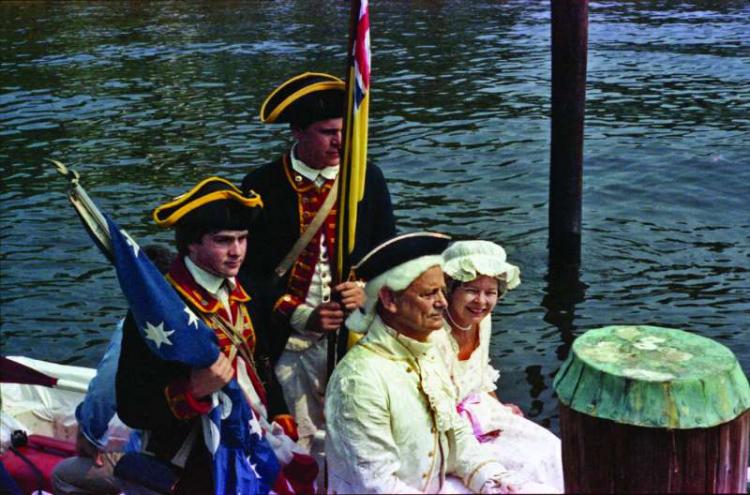
At any one time, more than half a dozen ocean-going merchant ships were moored offshore in the South River, busy loading hundreds of thousands of dollars of tobacco and trade goods enroute to destinations all over the world.
“This was a heady time for London Town,” says Historic London Town’s executive director Rod Cofield. “A small fleet of flatbottomed skiffs was kept busy loading small coastal cruisers and even ocean-going schooners with the agricultural bounty of southern Maryland and Northern Virginia. Scores of slaves, indentured servants, and servant convicts toiled ceaselessly to keep the flow of commerce operational.”
Founded in 1683, London Town’s population peaked at about 400 in the mid-1700s. It was composed of merchants, innkeepers, farmers, ferrymen, craftsmen, and laborers. Most of the laborers were either indentured servants, convict servants or slaves. The town’s fortunes began to decline in 1747 when the colonial legislature did not include London Town in its list of officially sanctioned ports to export tobacco.
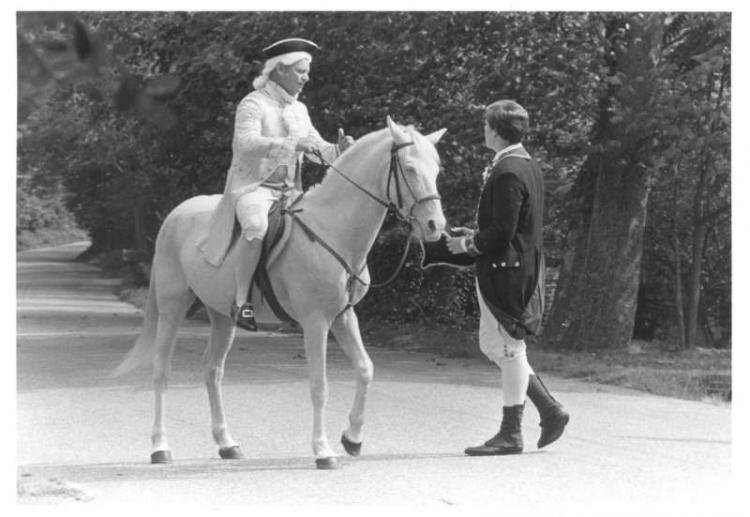
“Operating a seaport without benefit of a dock was labor intensive,” says Cofield. “The labor situation was helped in around 1717 with the arrival of the British prison ship, The Margaret. In her hold she carried 150 convicts who had been sentenced to serve sentences in faraway Maryland. Local merchants purchased the “contracts” of the convicts for a period of seven to 14 years. After serving their sentences, many former convicts married and started lives in the area.”
Over a 50-year period from the early 1700s to 1776 more than 42,000 servant convicts were offloaded and put into service in the Virginia and Maryland area. A roster of early inhabitants listed a variety of backgrounds including “runaway slaves, shoplifter, carpenter, blacksmith, tanner, tavern keeper, sea captain, doctors, and planters.”
Mariners can still see the William Brown House built by publican William Brown in 1760 as it stands sentinel high on the cliff overlooking the settlement’s dock, just a stone’s throw east of the Route 2 bridge. Transients could avail themselves of the tavern’s facilities for the modest price of six pence or six pounds of tobacco. The fee guaranteed the traveler a hot meal and a place to sleep with voyagers often sharing their threadbare sleeping pads with others awaiting the next day’s ferry across the river.
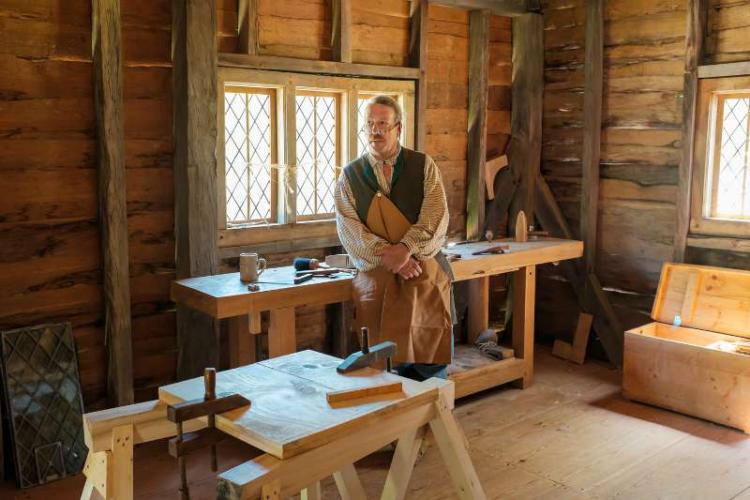
The now fully restored Brown home is listed as a National Historic Landmark. Building the house and declining revenues from his ferry business forced the Brown family to sell their stately home to Anne Arundel County. It served as the county’s alms/poor house from 1828 to 1965.
“London Town blossomed into a thriving port location,” says Cofield, “because of its proximity to a number of roads leading north from rural Maryland, Virginia, and North Carolina. It was the I-95 of Colonial times.” Notables such as George Washington, Thomas Jefferson, and Francis Scott Key transited the site.
At one point there were at least five 20- to 36-foot-long flat-bottom ferry boats plying the route across the South River. Francis Scott Key’s diary shows he paid the princely sum of 32 bushels of wheat for transport for himself, and a cart of produce. Power to move the vessels was provided by oarsmen, most likely slaves or indentured servants. Several of the ferries also boasted sails. In 1769 a dangerously overloaded ferry overturned in the South River killing many of the 20 passengers and crew.
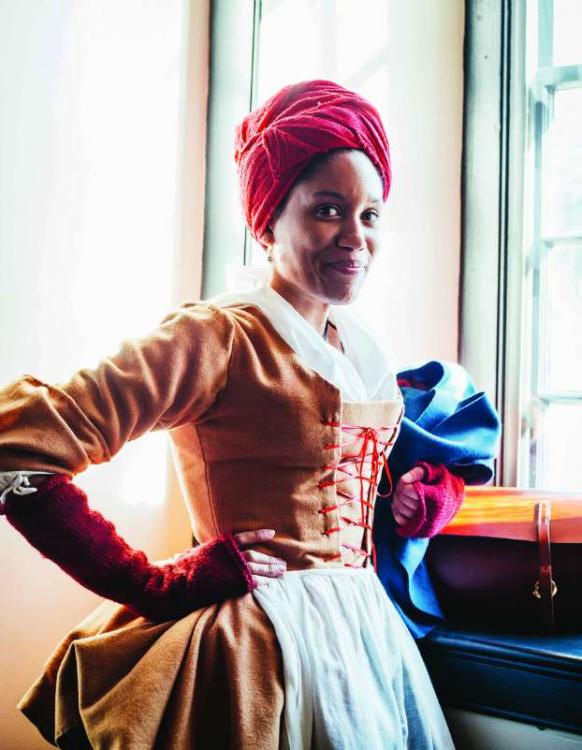
The ferries landed directly across the river at a point of land between Little Aberdeen and Crab Creeks. This area is today known as Wild Rose Shores. An entrance sign to the 1950s development relates that General Washington commented on the abundance of wild roses on the shoreline, hence the name of the area. As a resident of the community, I can attest to the prevalence of the prickly little rose bushes which seem to sprout from every unattended hillside.
In commemoration of London Town’s 300th anniversary, Wild Rose Shores residents recreated a tongue-in-cheek ferry crossing in 1983 complete with a George Washington lookalike and a well-turned-out Colonial Guard. Current Wild Rose Shores Community Association president Mark Hildebrand was a teenaged guardsman at the time.
“We think Washington crossed he river at least a dozen times… I still remember the event,” he says with a laugh. “I’m not sure how historically accurate the crossing was, but we sure had a blast putting it on.”
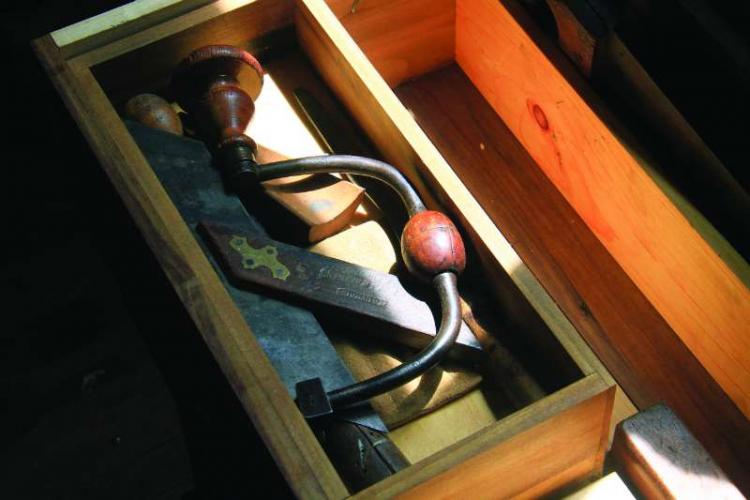
Today, Historic London Town and Gardens is a 23-acre park featuring history, archaeology, and horticulture on the South River in Edgewater, MD. The park is owned by Anne Arundel County and managed by the London Town Foundation, a 501(c)(3) non-profit organization. Created in 1993, the Foundation manages the site under a formal operating agreement with the Anne Arundel County government. Historic London Town offers several in-person and virtual educational programs.
Anyone transiting the South River in the summer has no doubt heard the boom of a 12-pound cannonade as the attraction celebrates its colonial history with a its annual Revolutionary London Town celebration featuring period costumes, arts, crafts, and an honor guard provided by the Unites States Marine Corps Interpretive Unit. The living history event is planned for the weekend after July 4.
In Historic London Town’s 10-year plan, additional work will be done to improve the visitor experience including the refurbishment of the community’s 175-foot-foot long dock to allow dockage of replica frigates and small merchant boats at the T-head.
“We had the frigate Lynx tie up last year,” says Cofield. “It sure would be great to have a facility to host the Sultana and the Pride of Baltimore.”
The area around the present dock shows four to six feet of water at mid-tide. Docking is allowed along the sides of the dock, although tie-ups are limited and boarding ladders are non-existent. There is no landing area for kayaks or canoes. Cofield cautions that if someone were to tie up to the dock, they should be aware of the tides and boat wash, and once secure, make their way to the reception area at the entrance to register and pay their admission fee. During the winter, the park is open on Fridays and Saturdays from 10 am-4 pm. Check historiclondontown.org for exhibits and programs.
By Craig Ligibel




